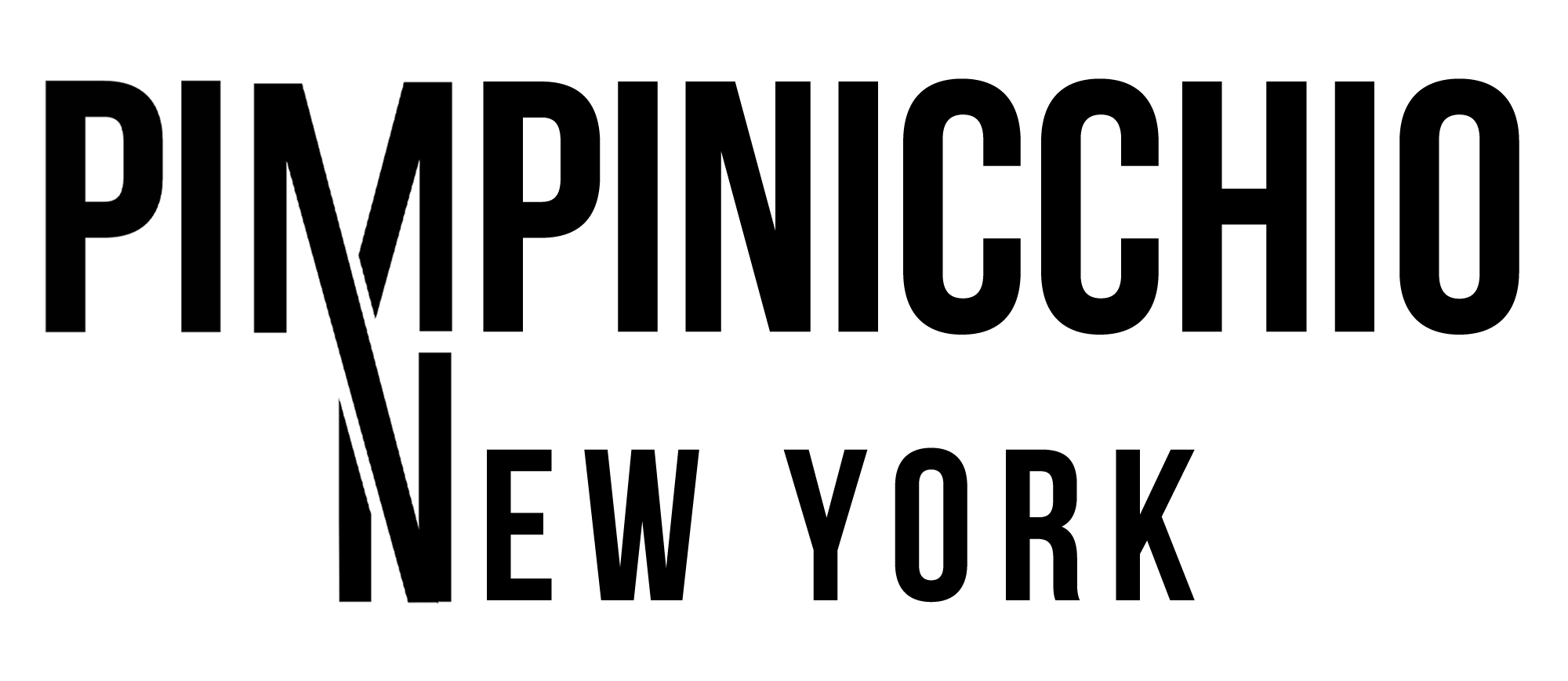In a bustling metropolis like New York, where fashion trends come and go in a heartbeat, making sustainable choices can feel overwhelming. However, embracing an eco-friendly wardrobe is not only possible but also incredibly rewarding. Join me on a journey to explore how we can make conscious fashion decisions without sacrificing style. From sourcing to recycling, let’s dive into the world of sustainable fashion!
Understanding Sustainable Fashion
Sustainable fashion refers to clothing that is designed, manufactured, distributed, and used in ways that are environmentally friendly and socially responsible. In this section, we will explore what makes fashion sustainable and why it matters.
At its core, sustainable fashion aims to minimize harm to the environment while promoting fair working conditions for those who create the garments. This is a multifaceted concept that includes using organic materials, reducing waste, and ensuring ethical labor practices. Understanding these principles is essential for making informed choices about our clothing.
Moreover, sustainable fashion also encompasses the life cycle of each item, from the raw materials to the end of its life. For instance, a sustainable piece of clothing might come from materials sourced without harmful pesticides, be produced in factories that pay living wages, and finally, be designed to last longer instead of being disposed of quickly.
It’s crucial to engage consumers in this narrative. By raising awareness about the environmental footprint of our clothing choices, we empower individuals to question where their clothes come from and how they are made. In New York, a city synonymous with fashion innovation, this shift toward sustainability is not just a trend—it’s a movement that resonates deeply with a socially conscious population.
The Impact of Fast Fashion
Fast fashion significantly contributes to environmental degradation and social issues. We’ll discuss the negative effects of fast fashion and the importance of shifting our focus to more sustainable practices.
The fast fashion industry thrives on rapid production cycles, churning out cheap clothing to keep up with ever-changing trends. While this may seem appealing to consumers seeking bargains, the consequences are dire. Each year, millions of tons of clothing end up in landfills, contributing to pollution and waste.
In addition to environmental damage, fast fashion often relies on exploitative labor practices. Workers in developing countries frequently face low wages and poor working conditions, all for the sake of providing inexpensive garments to consumers. Recognizing this dual impact can fuel the desire for more ethical choices.
Shifting away from fast fashion doesn’t mean sacrificing style. Instead, it invites us to be more intentional about our choices. By supporting brands that value sustainability and ethical production, we can begin to rewrite the narrative of fashion consumption. Every decision we make—whether it’s purchasing, donating, or recycling—plays a pivotal role in combating the fast fashion epidemic.
Ethical Brands to Support in New York
New York is home to a growing number of ethical fashion brands. This section highlights several standout brands that prioritize sustainability and social justice in their operations, helping you shop mindfully.
One shining example is Reformation, known for its stylish attire made from eco-friendly materials. They aim to create beautiful clothing while being transparent about their sustainability efforts. Their commitment to reducing waste in the garment industry is not just admirable but inspiring, showing that fashion can also be responsible.
Another noteworthy brand is Eileen Fisher, which has long advocated for sustainability. Their take-back program encourages customers to return old clothing for recycling, promoting a circular economy that reduces waste. By choosing brands like these, you’re not just purchasing clothing; you’re investing in a sustainable future.
Don’t forget about smaller boutiques, like The Real Real, that specialize in second-hand luxury items. This platform allows consumers to buy and sell pre-loved apparel, effectively reducing waste and promoting a culture of reusing. When you choose to shop from ethical brands, you influence the market and encourage more businesses to adopt sustainable practices.
Tips for Building a Sustainable Wardrobe
Building a sustainable wardrobe doesn’t need to be daunting. Here, we’ll share practical tips on how to curate a collection of clothing that is both stylish and ethical, focusing on buying less but choosing wisely.
Start by assessing your current wardrobe. Identify items you truly wear and love, and consider donating pieces that no longer resonate with you. This decluttering process is the foundation for making more intentional purchases. Remember, a sustainable wardrobe is about quality over quantity. Investing in timeless pieces that can be styled in various ways will serve you better than a cluster of fleeting trends.
Buying second-hand is another fantastic way to build a sustainable wardrobe. Thrift shops, consignment stores, and online platforms like Depop offer a treasure trove of unique finds. These options not only reduce waste but also add character to your style, making it distinctively yours. Plus, the thrill of hunting for hidden gems can be incredibly satisfying!
Lastly, embrace the philosophy of ‘mindful shopping.’ This means considering each purchase and asking yourself questions: Is this piece versatile? How long will it last? Is it made sustainably? By approaching fashion with intention, you’ll develop a wardrobe that reflects your values and personal style without feeling overwhelming.
The Role of Thrift Stores and Upcycling
Thrift stores and upcycling are excellent ways to practice sustainable fashion. We’ll look at how shopping second-hand and repurposing garments can significantly reduce waste and give new life to old clothes.
Thrift stores, often laden with forgotten treasures, provide endless possibilities for creative outfits. By choosing to shop second-hand, you not only save money but also help divert clothing from landfills, impacting the environment positively. Each piece carries a story and potential to become part of your unique wardrobe.
Upcycling is another fantastic avenue for promoting sustainability. This involves transforming old clothes into something new and useful, sparking immense creativity in the process. Imagine turning an old dress into a trendy top or a pair of jeans into a fashionable tote bag. These projects not only make your wardrobe sustainable but also allow for personal expression.
Community workshops and local makerspaces often offer classes on upcycling, providing a platform to learn and connect with others who share a passion for sustainable fashion. Engaging in these activities fosters a sense of community and encourages innovative thinking, making fashion not just a routine but a collaborative art form.
Participating in New York’s Sustainable Fashion Events
New York hosts a variety of events focused on sustainable fashion. In this section, we’ll share information about upcoming events, workshops, and meetups that encourage community and foster sustainable practices.
Keep an eye out for events like the New York Fashion Sustainability Conference, where industry leaders share insights on how to make fashion more sustainable. Such gatherings are a great opportunity to learn, network, and stay informed about the latest innovations in ethical fashion. By participating, you contribute to the ongoing dialogue surrounding sustainable practices.
Additionally, many local boutiques organize upcycling workshops where you can learn to refresh your wardrobe creatively. These hands-on experiences not only teach valuable skills but also build a sense of community among attendees who share similar values. Engaging in these events furthers your commitment to sustainable fashion while having a lot of fun.
Finally, don’t overlook local pop-up markets that highlight ethical brands and second-hand vendors. These events are perfect for discovering new favorites and supporting local businesses that prioritize sustainability. Attending these markets not only enhances your understanding of sustainable fashion but also connects you with like-minded individuals working toward a common goal.
Embracing Sustainable Fashion
Choosing sustainable fashion is not just a trend; it’s a conscious lifestyle that allows us to express our style while caring for our planet. Every small decision counts, and by supporting ethical brands and making mindful choices, we can contribute to a more sustainable future. Let’s continue to advocate for a fashion industry that respects both people and the environment, one outfit at a time.




0 comments